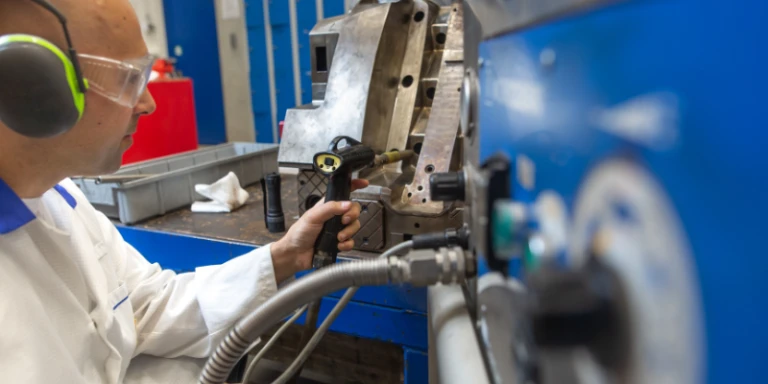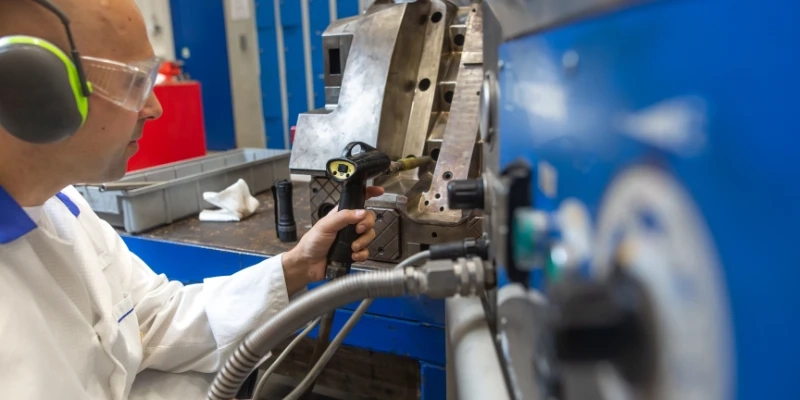In today\'s fast-paced manufacturing landscape, injection molding companies are constantly seeking ways to enhance efficiency, reduce costs, and improve overall productivity. One solution that has gained significant traction in recent years is the integration of automation into the injection molding process. Let\'s delve deeper into the pivotal role that automation plays in revolutionizing injection molding of plastics.
1. The Different Types of Automation Used in Injection Molding
Automation in injection molding encompasses a diverse array of technologies and systems designed to streamline various aspects of the production process. From robotic part handling to automated mold changing systems, manufacturers have a plethora of options to choose from. Some common types of automation include:
- Robotic Part Handling: Robots are employed to remove finished parts from the mold, reducing cycle times and minimizing the risk of defects.
- Automated Material Handling: Automated systems ensure precise delivery of raw materials to the injection molding machines, optimizing material usage and minimizing waste.
- Automated Mold Changing: Rapid mold change systems enable swift transition between different molds, allowing for greater flexibility and efficiency in production.
2. The Benefits of Using Automation in Injection Molding
The adoption of automation brings forth a multitude of benefits for injection molding companies:
- Increased Efficiency: Automation streamlines repetitive tasks, leading to shorter cycle times and higher throughput rates.
- Enhanced Quality Control: Automated systems offer consistent and precise operation, minimizing errors and ensuring superior part quality.
- Cost Savings: By reducing manual labor requirements and minimizing material waste, automation helps injection molding companies lower production costs and improve profitability.
3. The Challenges of Implementing Automation in Injection Molding
While the advantages of automation are undeniable, implementing automation in injection molding is not without its challenges:
- Initial Investment: The upfront cost of acquiring and installing automation equipment can be substantial, posing a barrier to entry for some manufacturers.
- Skill Requirements: Operating and maintaining automated systems may require specialized skills and training, necessitating workforce development initiatives.
- Integration Complexity: Integrating automation seamlessly into existing production lines can be complex and time-consuming, requiring careful planning and coordination.
4. Case Studies of Companies Using Automation in Injection Molding
Several forward-thinking injection molding companies have successfully embraced automation to drive innovation and efficiency:
- Company A: By implementing robotic part handling systems, Company A reduced cycle times by 30% and achieved a 50% increase in production output.
- Company B: Through the adoption of automated mold changing technology, Company B significantly reduced downtime between production runs, enabling quick changeovers and greater manufacturing flexibility.
Final Thought:
Automation plays a pivotal role in shaping the future of injection molding by maximizing efficiency, enhancing quality, and driving cost savings. While challenges exist, the potential benefits far outweigh the obstacles, making automation an indispensable tool for injection molding companies striving for success in today\'s competitive market.


